Conversation Navigation Framework
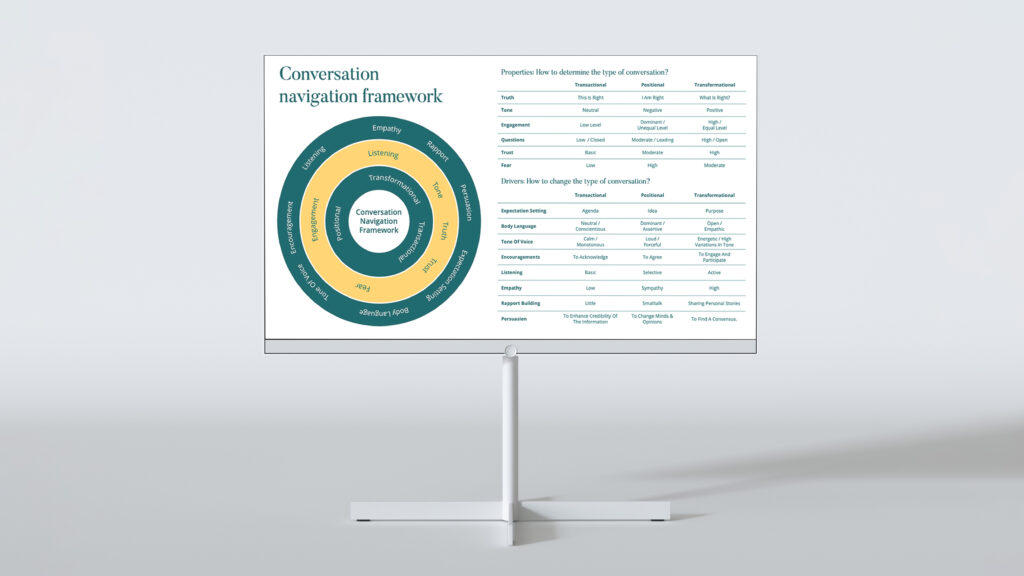
The Conversation Navigation Framework
explores truth in conversations: factual in transactional, debated in positional, and co-created in transformational.
Cialdini’s Principles of Persuasion
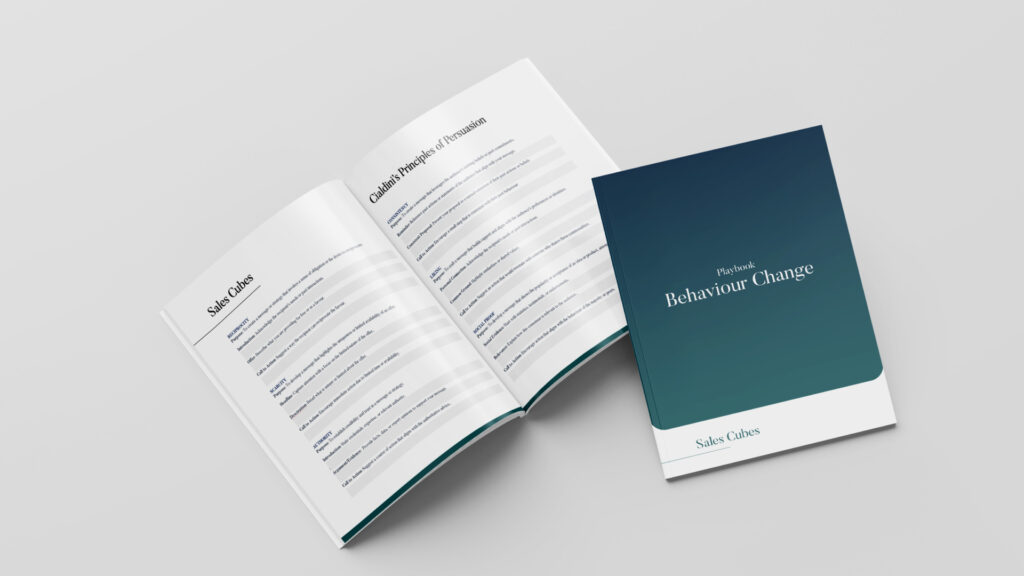
Unlock the secrets of influence with our comprehensive guide on Cialdini’s Principles of Persuasion. Explore practical applications in sales, marketing, leadership, and more to enhance your persuasive abilities. Learn how to effectively apply Reciprocity, Scarcity, Authority, Consistency, Liking, and Social Proof to achieve your goals.
Persuasion Map
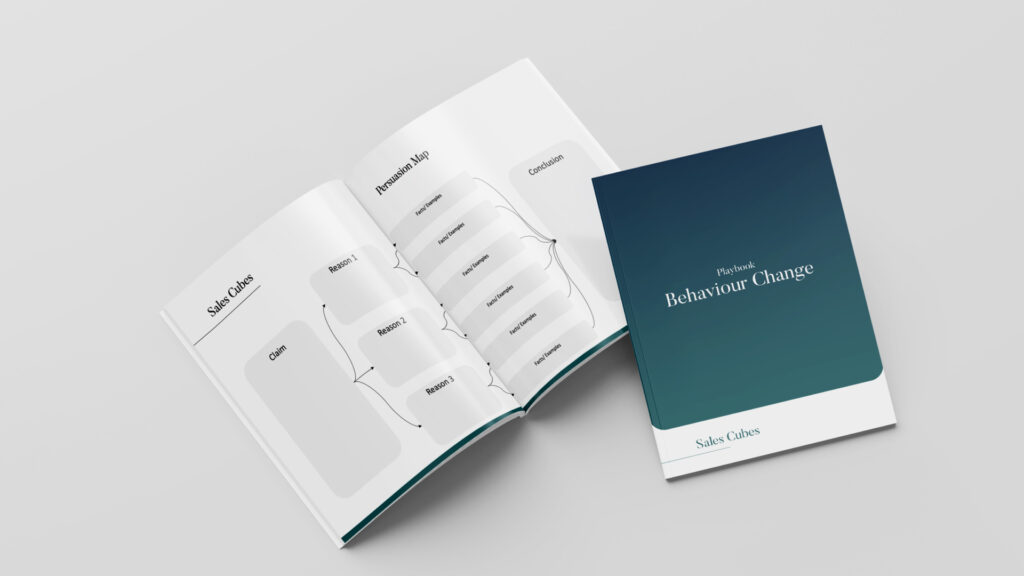
Discover the Persuasion Map Toolkit, is a powerful tool for structuring persuasive arguments in debates, speeches, and business proposals. Learn how to effectively organise your thoughts, support them with evidence, and counter potential objections for impactful communication. Ideal for sales professionals seeking to enhance their persuasive skills.
Nudging
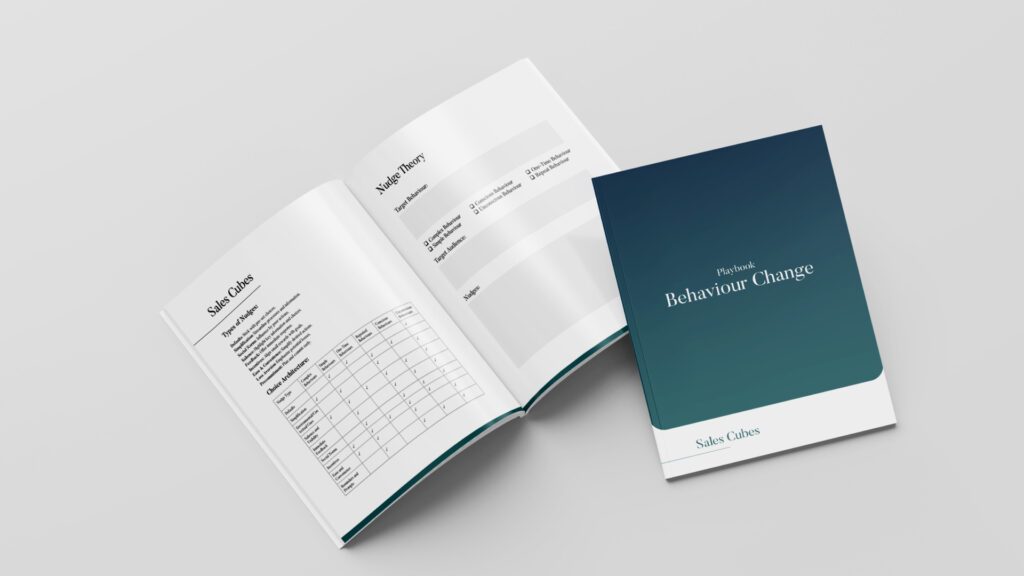
Nudging, a concept made famous by Richard Thaler and Cass Sunstein, is about gently guiding choices without limiting freedom. It involves creating settings where the best choices seem obvious and straightforward. Using methods like default settings and social norms, nudges are smartly crafted approaches that quietly steer us towards improved behaviours. They are the unnoticed designers of decision-making, subtly altering our choices in the most delicate manner, showing that often, a gentle push can bring about major improvements in health, savings, and environmental sustainability.
Implementation Intentions
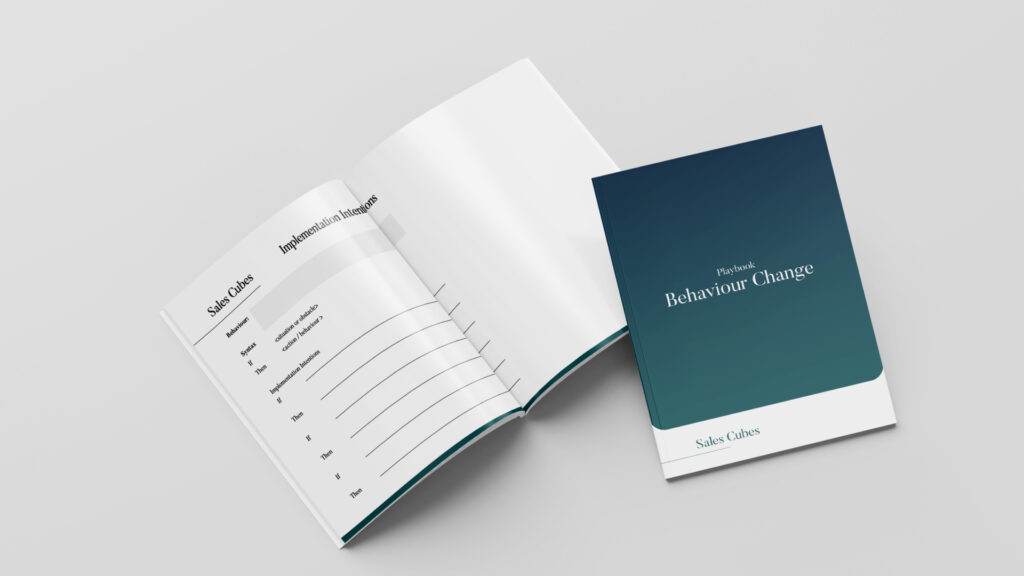
Implementation intentions act as a bridge from thought to action, transforming “I want to” into “I will.” These ‘if-then’ plans script responses to specific cues, making goal achievement almost reflexive. “If it is 7 AM, then I’ll run for 30 minutes” turns exercise from a vague ambition into a scheduled certainty. Ideal for personal development or habit change, this strategy is simplicity at its behavioral best: pre-decide, then proceed.
Procrastination Equation
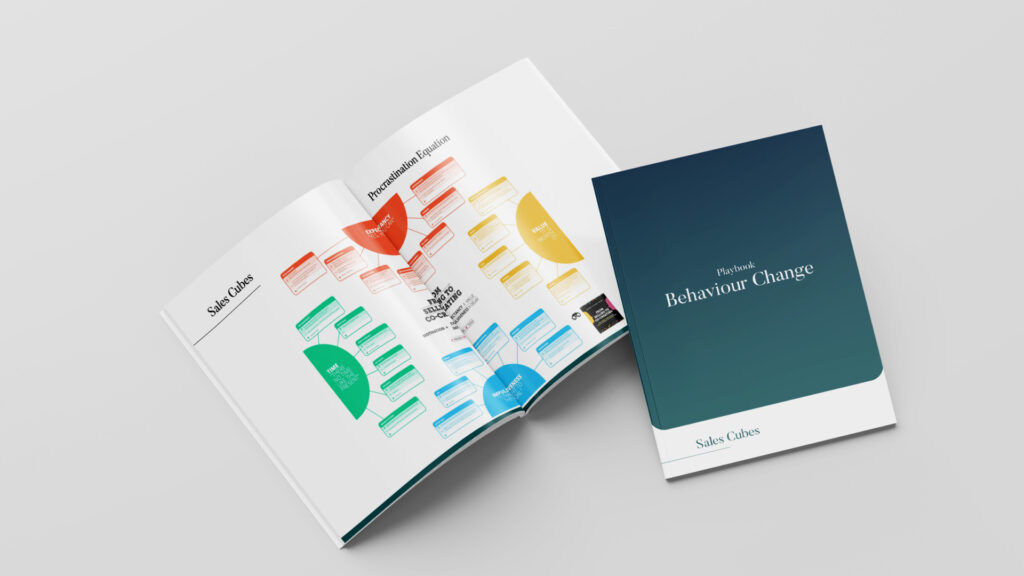
The Procrastination Equation exposes the psychological calculus behind our tendency to delay. It suggests that low motivation and distant rewards amplify procrastination, while high urgency and value dampen it. Grasping this concept equips us to strategically dismantle procrastination, turning insight into action and transforming stalling into momentum for achieving our goals.
Job Crafting
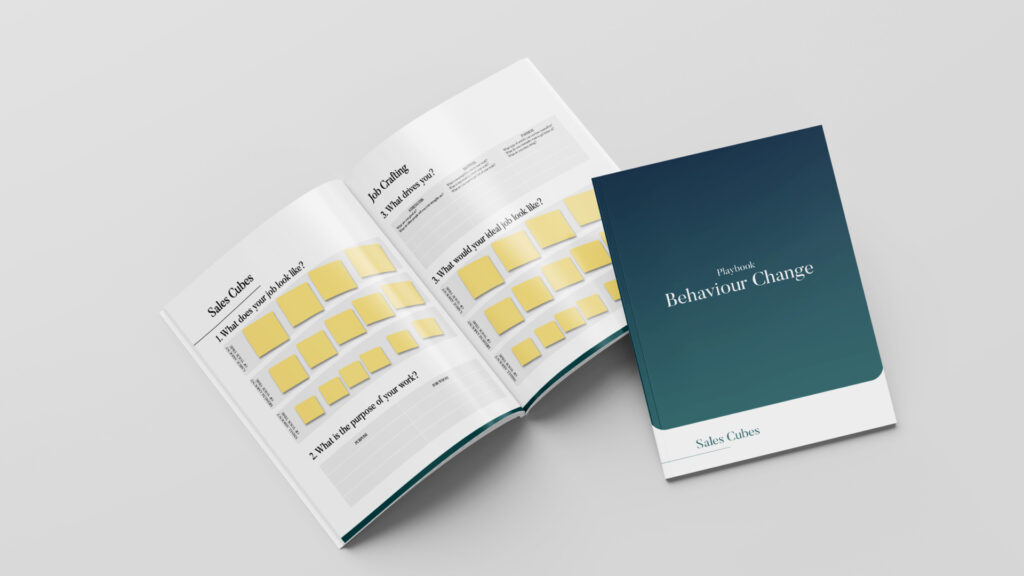
Job crafting turns a standard job description into a custom-fit career. Employees take control, adjusting their tasks and interactions to match their skills and interests. This reinvigorates their daily work, especially when morale is low. It allows individuals to reshape their roles and reignite their passion. This self-led approach revitalises the employee’s motivation and aligns it with the company’s changing goals, creating a mutually beneficial workplace where both personal and collective growth thrive.
DISC Profiles
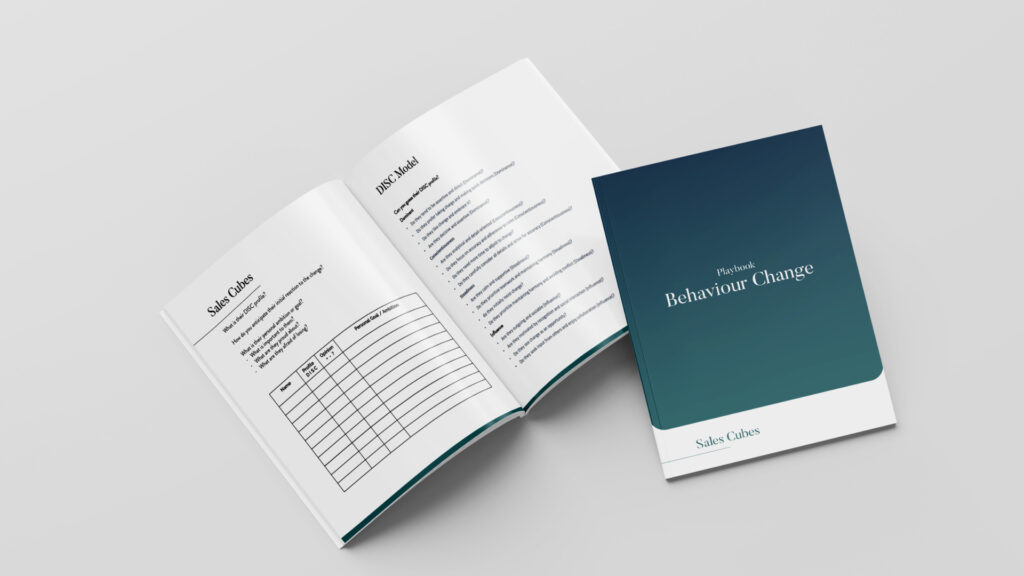
The DISC model, devised by William Moulton Marston, categorizes behaviors into Dominance, Influence, Steadiness, and Conscientiousness. This framework aids in understanding and improving communication and teamwork. In practice, it allows teams to balance different strengths, like a ‘D’ type’s leadership with an ‘I’ type’s collaboration. This model is essential in coaching and team dynamics, fostering a better understanding of individual and collective behaviors for effective synergy.
The Five Dysfunctions of a Team
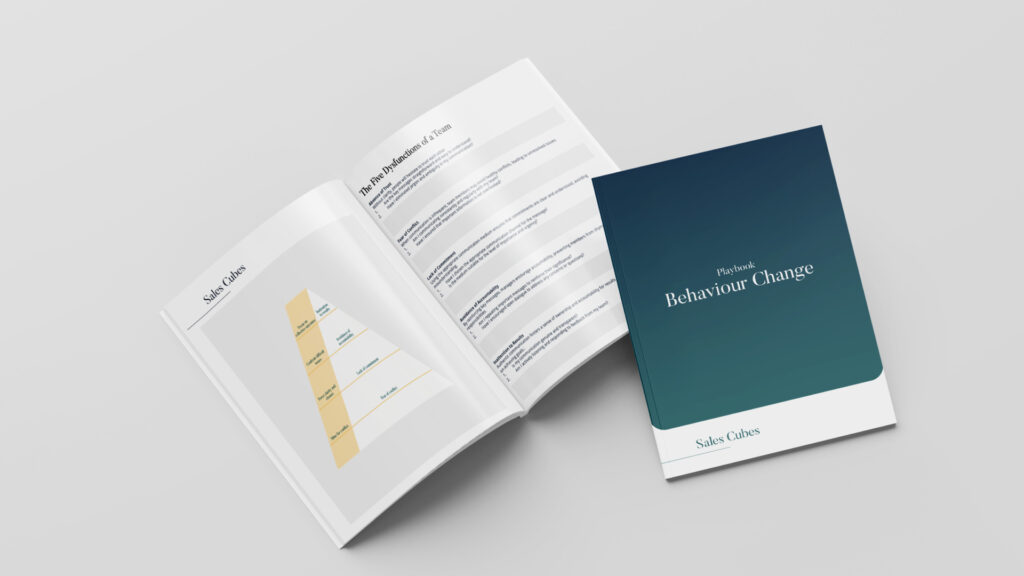
Patrick Lencioni’s model ‘The Five Dysfunctions of a Team’ offers a straightforward way to spot and solve team issues. It highlights five main problems: lack of trust, fear of conflict, absence of commitment, shirking responsibility, and ignoring results. This method helps not just in identifying what blocks good teamwork, but also in building trust, promoting constructive conflict, strengthening commitment, increasing accountability, and concentrating on shared goals.
The Feeling Wheel
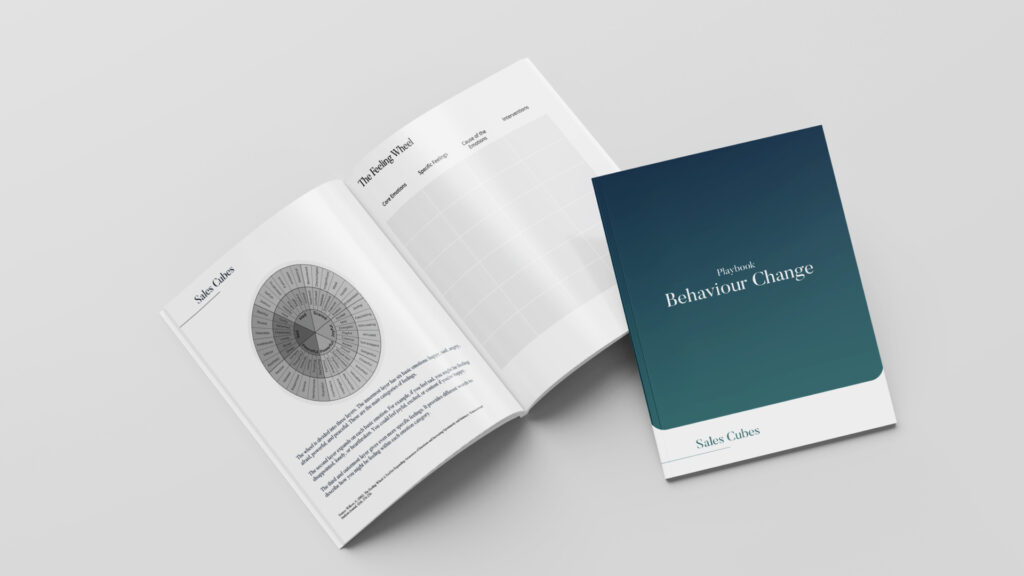
The Feeling Wheel, categorizing emotions into six core areas, is a vital tool for identifying and articulating feelings. It’s particularly useful in counseling, personal development, and workplace settings for enhancing emotional awareness and communication. This tool simplifies the complex task of understanding and expressing emotions, aiding in personal and professional growth.